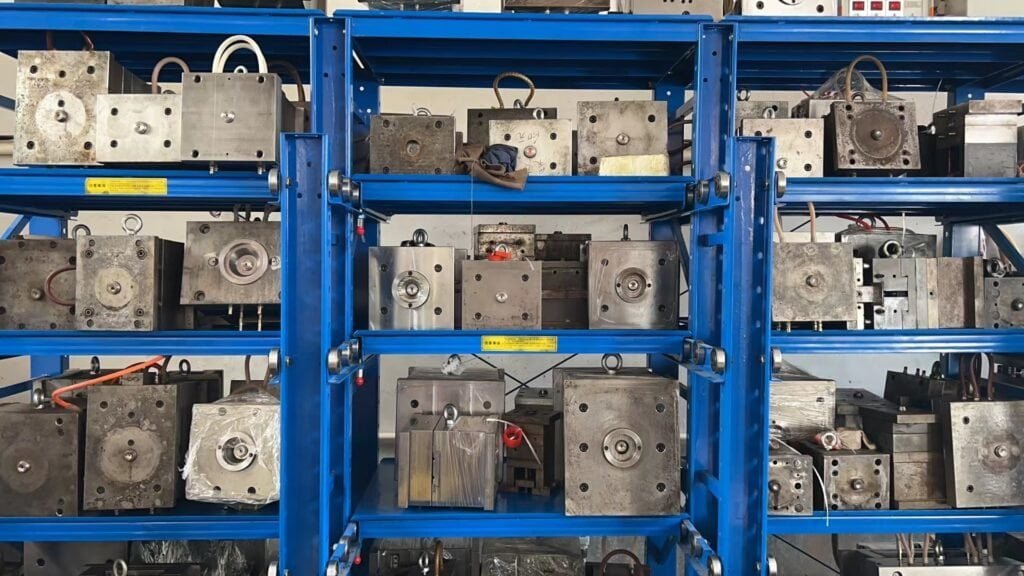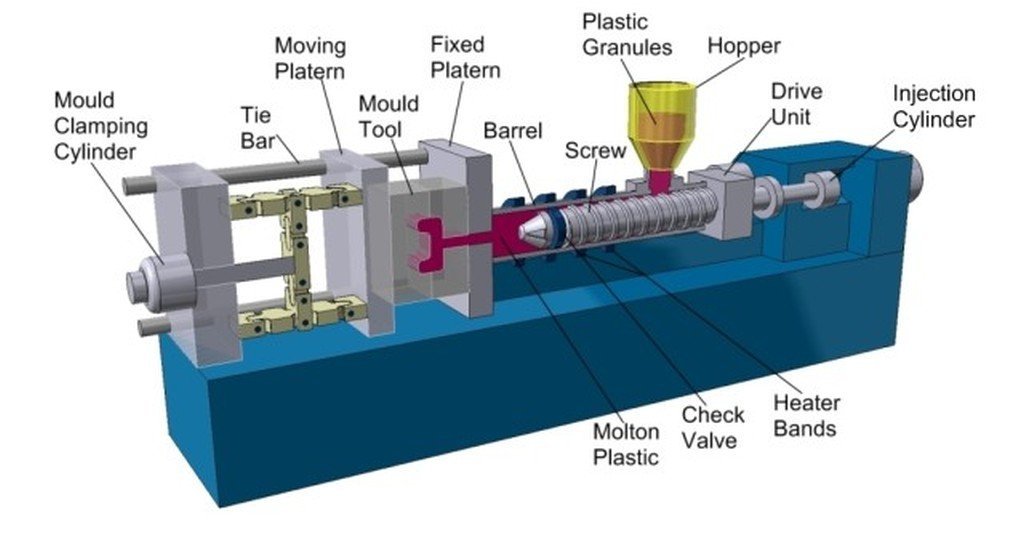
Plastic products are widely used in many industries. Plastic injection molding is a popular technology used in many fields, from auto parts, and home appliances to medical devices. With the emergence of new technology, new materials, and new demand, injection molding will constantly adapt to market changes and innovative development, to provide industrial manufacturers and consumers with higher-quality plastic products.
What is injection molding?
Injection molding is a plastic manufacturing process that involves melting plastic polymers in a short time to make plastic parts. The technology solidifies the molten plastic resin under pressure in a preformed mold, thereby giving the component shape. Injection molding can help produce hundreds of products at a cost-effective price. Using this system, you can manufacture parts of various shapes, including parts of complex dimensions.
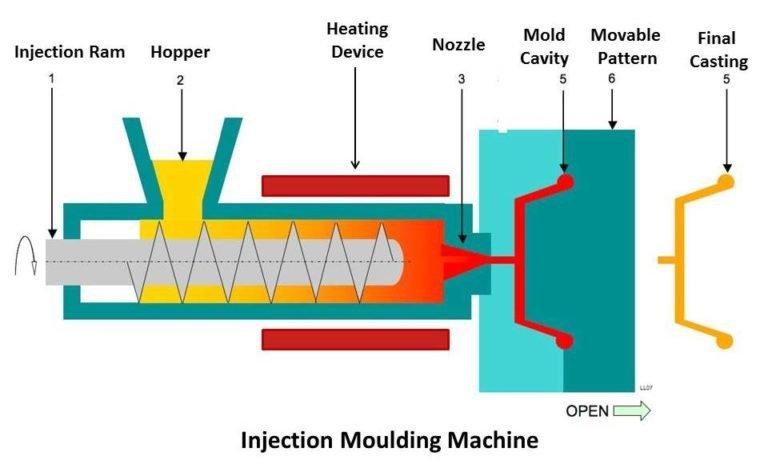
Working principle of injection molding
- 1. Heating and melting: the plastic particles or powder heated to a melting state, usually required in a syringe. The heated plastic becomes sticky and can be pushed into the mold by a syringe.
- 2. Filling mold: the molten plastic material is injected into the mold through an injection machine. The injection machine applies high pressure to allow the plastic to flow through the mold cavity.
- 3. Cooling and curing: the plastic material in the mold needs to be cooled so that it solidifies and forms. Cooling time and temperature depend on the type and thickness of the material and other factors. Die design can also affect cooling time and quality.
- 4.. Mold opening and removal: after cooling and curing, open the mold and remove the molded parts. There is usually some release agent on the mold to help the molded part easily escape from the mold.
- 5. Burr removal, trimming, and machining: after removing the molded part, the excess plastic material and Burr need to be removed, and the molded part needs to be trimmed and machined. This can be done by hand or by machine.
- 6. Inspection and packaging: A final inspection of the finished product is required to ensure that it meets the quality requirements, and then packaging and transportation.
Classification of injection molding processes
Injection molding
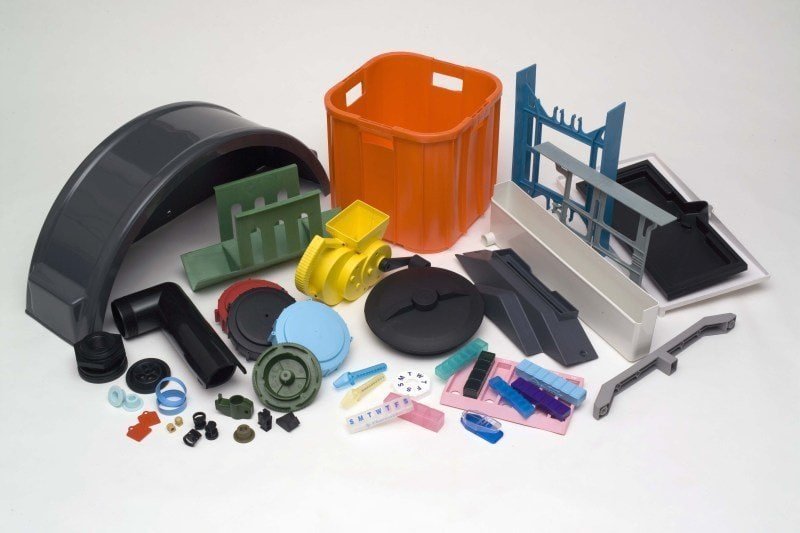
- Injection molding: also known as injection molding, its principle is to add granular or powdery raw materials into the hopper of the injection machine, the raw materials are by heating the melting flow state, in the injection machine under the screw or piston drive, the injection system of the nozzle and the mold enters the mold cavity and hardens and sets the mold in the mold cavity. Factors affecting injection molding quality: injection pressure, injection time, injection temperature.
- Features:
- Advantage:
- 1. Short molding cycle, high production efficiency, easy-to-realize automation
- 2. Plastic parts with complex shapes, precise dimensions, and metal or non-metal inserts can be formed
- 3. Product quality is stable
- 4. wide range of adaptations
- Disadvantage:
- 1, the price of injection molding equipment is higher
- 2, the injection mold structure is complex
- 3, the production cost is high, the production cycle is long, is not suitable for the single piece small batch plastic production
- Application:
- In industrial products, injection molding products are kitchen supplies (bowls, buckets, pots, cutlery and various containers) , electrical equipment shells(hair dryers, vacuum cleaners, food mixers, etc.), toys and games, various products of the automobile industry, parts of many other products, etc.
Insert injection molding
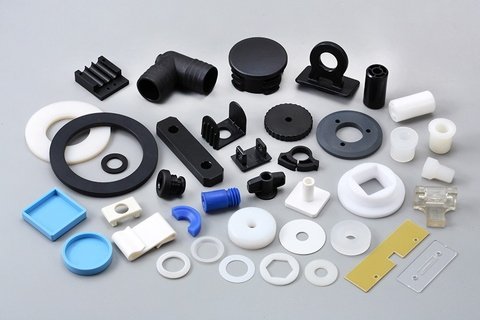
- Insert Molding: insert molding is the process by which a prefabricated, heterogeneous insert is inserted into the mold and then resin is injected, and the molten material is bonded and solidified to form an integrated product.
- Features:
- 1. The pre-formed combination of multiple inserts makes the post-engineering of the product unit combination more reasonable.
- 2, The resin’s easy molding, bending, and metal rigidity, strength and heat resistance of the combination of complementary and strong can be made of complex and delicate metal-plastic integration products.
- 3. In particular, the combination of the insulation of resin and the electrical conductivity of metal can be used to make the finished products meet the basic functions of electrical products.
- 4. For rigid products and bending elastic products on rubber gasket plates, the complex operation of arranging sealing rings can be saved after the integrated products are made by injection molding on the substrate, making the automatic combination of post-process easier.
Two-color injection molding
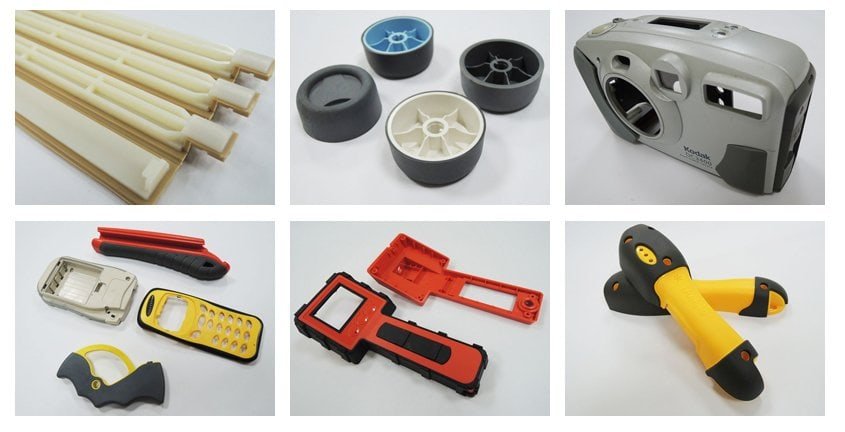
- Two-color injection molding: refers to the injection of two different colors of plastic into the same mold molding method. It can make plastic appear in two different colors and can make plastic show regular patterns or irregular moire pattern colors, to improve the use of plastic parts and aesthetic.
- Features:
- 1. Core materials can use low-viscosity materials to reduce the ejection pressure.
- 2. For the consideration of environmental protection, the core material can use recycled secondary material.
- 3. Depending on the use of different characteristics, such as thick finished leather using soft materials, core materials using hard materials, or core materials using foamed plastic to reduce weight.
- 4. Lower-quality core materials can be used to reduce costs.
- 5. Leather or core materials can be used with expensive and special surface properties, such as anti-electromagnetic interference, and high conductivity materials to increase product performance.
- 6. A proper combination of the core material and the cortex material can reduce the residual stress of the finished product and increase the mechanical strength or surface properties of the product.
Micro-foaming injection molding
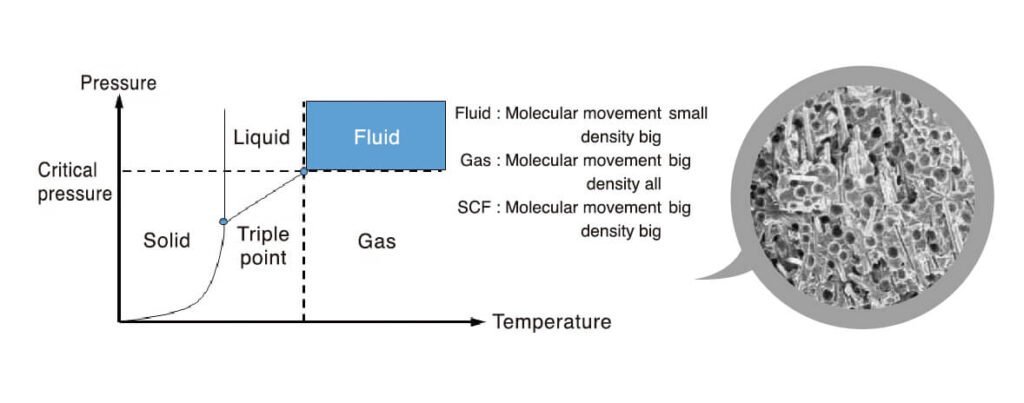
- Micro-foaming injection molding: is an innovative precision injection molding technology, that is by the expansion of pores to fill products, and in the lower and average pressure of the finished product molding. The microcellular foaming process can be divided into three stages: first, the supercritical fluid (carbon dioxide or nitrogen) is dissolved into the hot melt to form a single-phase solution; Then the lower temperature and pressure mold cavity through the switch nozzle, because of the lower temperature and pressure trigger molecular instability and thus the formation of a large number of bubble in the product, these nuclei grow into tiny holes.
- Features:
- 1. Precision injection molding;
- 2. Breaking through the limitations of traditional injection molding, can significantly reduce the weight of parts, shorten the molding cycle;
- 3. The warpage and dimensional stability of the parts are greatly improved.
- Application:
- Auto Dashboard, door panel, air duct, etc.
NMT(NanoMoldingTechnology)
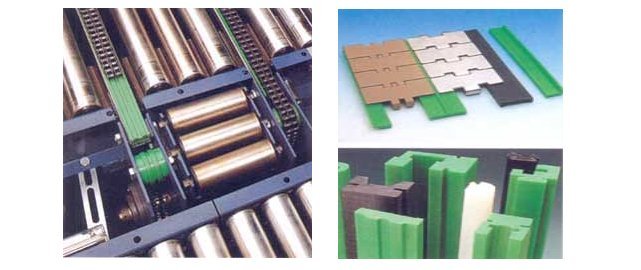
- NMT (NanoMoldingTechnology): a nanotechnology of the combination of metal and plastic, firstly metal surface after the nano-treatment, plastic is directly shot to form the metal surface, so that metal and plastic can be formed in one. Nanotechnology can be divided into two types based on the location of the plastic:
- 1, plastic for the non-appearance of the integral molding
- 2, plastic surface for the integrated molding
- Features:
- 1. The product has a metallic appearance,
- 2. The simplified design of the parts makes the products lighter, thinner, shorter, and smaller, and more cost-effective than CNC machining.
- 3, reduce production costs and high bonding strength, and significantly reduce the use of related consumables.
- Suitable metal and resin materials:
- 1, aluminum, magnesium, copper, stainless steel, titanium, iron, galvanized sheet, brass;
- 2, aluminum alloy adaptability is strong, including 1000 to 7000 series;
- 3. The resins include PPS, PBT, PA6, PA66, and PPA;
- 4. PPS has a very strong adhesive strength (3000N/CM2).
- Application:
- Mobile phone case, laptop case, etc.
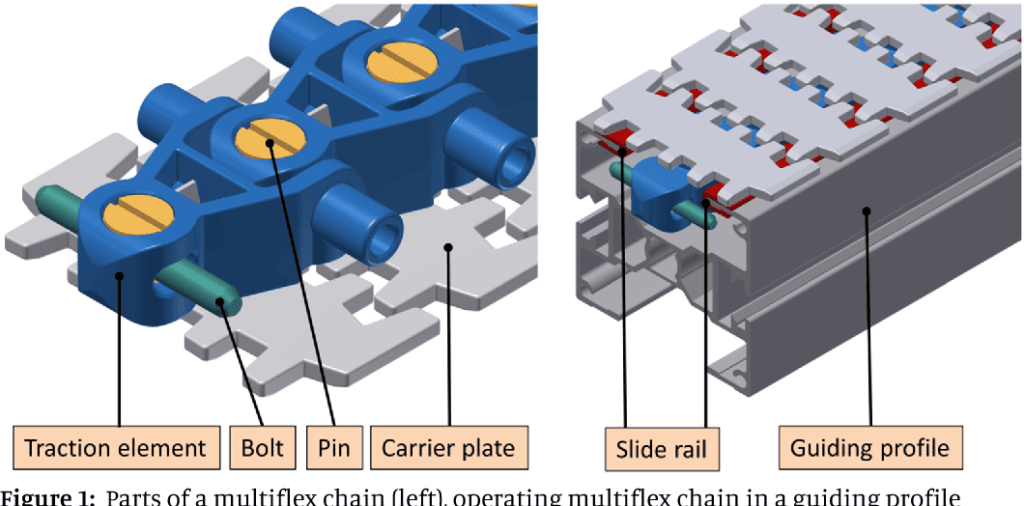
Our workshop has more than 10 injection molding machines, and we have more than 500 sets of molds for chain and other conveyor accessories production, mold are high-precision, the production of high-precision products, high matching, and long service life.

